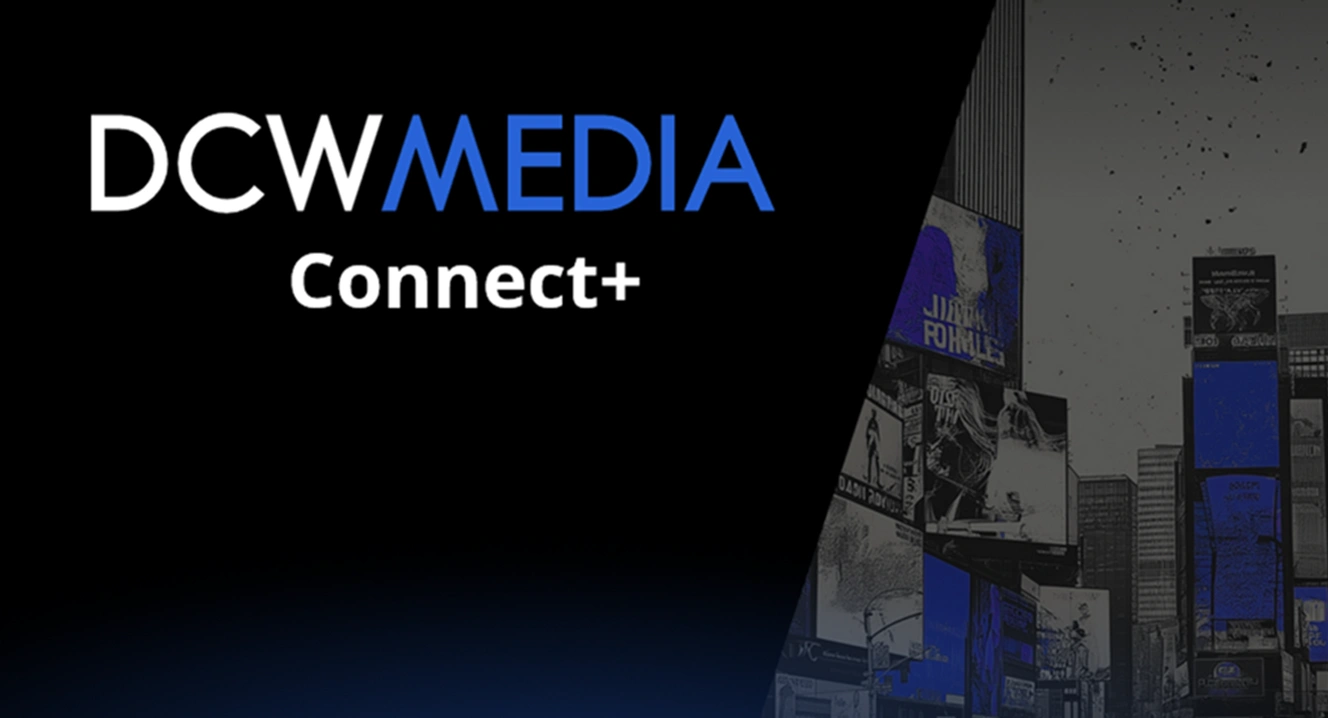
June is for Dads and Grads – Part 2
Share this story
Part 2 of our 2-part blog series that started in June, “Dads and Grads,” continues with our in-depth look at high school graduates, an audience DCW is no stranger to thanks to our years of experience with higher education marketing. We’ll break down current media trends, changing demographics, and marketplace behavior.
Class of 2025: Finances and Education
In some ways, high school graduates may seem like a fixed audience. The vast majority of graduates are aged 17-18, have little to no disposable income of their own, and more often than not exploring options for their next life phase. However, as the class of 2025, born mostly in 2007, enters the final third of Gen Z, several trends have emerged that set this cohort apart from graduate’s past.
Recent grads are becoming much more fiscally conscious vs. previous generations. They grew up surrounded by college debt, have easier access to investment tools, and are more likely to own stocks or crypto currency compared to their peers in 2015 or 2005. Part of this trend is tied to technology. Older teens have access to investment apps like Robin Hood, making investment easier than ever before. There is also a rapidly increasing amount of financial content on TikTok. While the quality of such content may vary, much of it comes from users with real-world experience who are eager to share, lending a great deal of authenticity to their videos.

In terms of advertising, there is a much larger opportunity for financial institutions to target younger people than ever before. For instance, 71% of 18-19 years olds are now using mobile banking apps, creating a customer base where none had existed several years ago.
On the flipside, while high school graduates have become more curious and engaged with personal finances, they’re also much more skeptical when it comes to considering college. High tuition costs, near-peer experiences with COVID-era virtual learning, and a perceived lack of return on investment have all combined to chip away at enrollment numbers. In 2023, community college enrollment increased for the first time in a decade, while trade programs have surged in recent years. The post-high school marketing landscape has effectively been transformed as traditional four-year schools have lost their grip on this demographic.
How Colleges can Adapt to New Grads
Given the above trends, higher education advertisers need to adapt their strategies to incorporate digital channels that actually reach their evolving audience while delivering results. Whereas Google Search, banner ads, and Facebook/Instagram were the proven staples of college digital advertising, institutions need to consider shifting media dollars to the next generation of tools, including YouTube, Reddit, and Snapchat.
It is a well-documented trend that younger people are ditching traditional search engines, opting instead to use social media and YouTube to find answers and content. In fact, YouTube is essentially the world’s second-largest search engine. Higher ed institutions need to embrace this trend. First, they can boost the visibility of their content by optimizing their video descriptions and titles, and embracing organic-feeling paid In-Feed placements. The content itself needs to embrace authenticity by using actual faculty, student life snippets, and alumni testimonials. Gone are the days of glossy brochure-like videos and aerial shots of campuses.
Speaking of authenticity, perhaps no other social platform embodies this trend like Reddit, the world’s largest online forum. Advertisers can combat student cynicism and embrace critical conversations by making use of the platform’s many targeting tactics, including keywords and communities. In terms of ad types, placements include both static image and video, with most ads appearing either in-feed or embedded on comment threads. Reddit is the place schools need to be to reach their audience when they’re actively conducting research. Reddit estimates there have been over 1.7 billion screen views of higher education communities in 2024 alone.

Thirdly, digital advertisers should not sleep on Snapchat. Many older strategists often discount the video sharing social platform as being largely past its prime, but this attitude belies personal media bias as this may be the case for Millennials, but definitely not for Gen Z. It is estimated that 60%+ of Gen Z is active on the platform. In terms of frequency, the average user opens the app around 40 times per day. Like TikTok and Reddit, Snapchat boosts advertiser credibility. Video shorts could be used to highlight student life, academic program highlights, or campus highlights. Ad offerings have developed over the years, including not only CTA buttons, but also lead gen forms that are a great fit for schools looking to quickly boost RFIs and other signups.

Work with DCW to Reach High School Grads
Whether you’re a financial institution looking to expand engagement with younger audiences or a community college, trade school, or four-year university working on enrollment, DCW is ready to work with you on a custom strategy.
